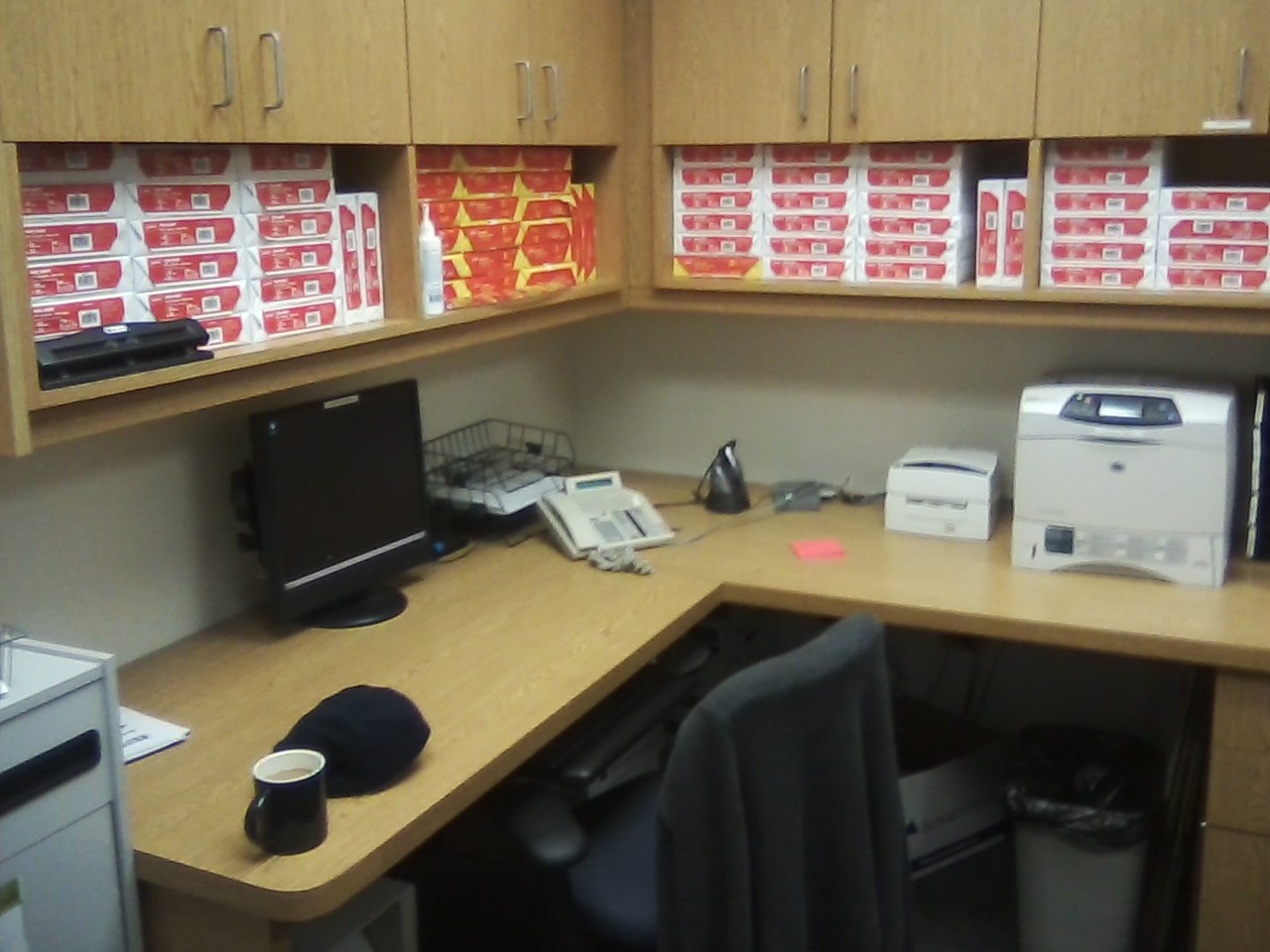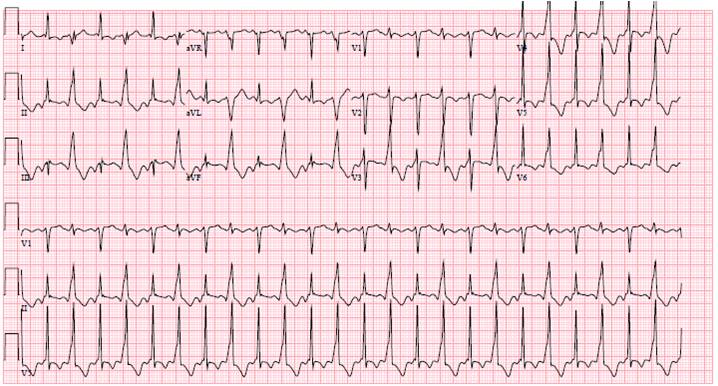Diet and exercise: they were supposed to be the answer to all that ails America's obesity and health care cost problem.
Signs of this Utopian vision are everywhere. From entire government departments encouraging healthy lifestyles through
fitness, sports and nutrition, government
websites that encourage "healthy lifestyles," and entire
community efforts to partner with health care organizations to fight obesity with the hope of cutting health care costs.
What if, believe it or not, when it comes to people with Type II diabetes, diet and exercise don't affect the incidence of heart attack, stroke, or hospital admission for angina or even the incidence of death?
Suddenly, all health care cost savings bets are off. Suddenly, we have to re-tool, re-think our approach, understand and appreciate the limitation of lifestyle interventions to alter peoples' medical destiny. Suddenly we have to come to grips with a the reality that weight loss and exercise won't affect outcomes in certain patients. Suddenly, there is a sad reality that patients might note be able to affect their insurance premiums by enrolling in diet and exercise classes after all.
These thoughts are so disruptive to our most basic "healthy lifestyle" mantra that few can fathom such a situation. Nor would any members of the ever-beauty-and-weight-conscious main stream media be likely to report such a finding if it came to pass.
And yet, that is exactly what has happened.
The
Look AHEAD trial studied 5145 adults with type 2 diabetes who had a body mass index (BMI) > 25. The purpose of the study was to compare the incidence of nonfatal myocardial infarction (heart attack), nonfatal stroke, death, or hospitalization for angina between diabetics who received a rigourous weight loss and exercise program with education to just an educational approach alone. Interestingly, the study failed to show any effect of weight loss and exercise over simple education about the disease in the incidence of these "macrovascular" endpoints.
In fact, the study was stopped early.
So disturbing were these findings to our basic understanding of disease prevention that the principle investigator recently appeared on Medscape in print and in video format to
reassure the physician community: "I can tell you from the outset that we were successful."
And yet, they were not: they did not affect the indicence of stroke, heart attack, death, or admission to a hospital for angina in overweight Type II diabetic patients one bit, even after 11 years of trying.
You see, it is uncomfortable to sit with the reality that exercise and fitness might not be as helpful as we had hoped at altering certain health care outcomes. So we ignore these trials. We don't report them in main stream media because we don't like to feel uncomfortable with the realization that there's much we still don't know or understand about exercise and weight loss at affecting health outcomes in medicine.
Yet there is so much to learn from trials like this BECAUSE they fly in the face of conventional wisdom.
Maybe we should stop pouring money into fitness rooms and health clubs and promote other intellectual or spiritual pursuits instead. Maybe we should reconsider the benefits of exercise and weight loss as psychologic more than physical. Maybe we should de-fund all those government programs set up to promote exercise and fitness as our path to health care cost-savings.
Or at the very least, we should just eat some humble pie, stop fooling ourselves, and understand the limitations of lifestyle interventions like weight loss and exercise to improve medical outcomes or to reduce health care costs in America.
But be careful.
Saying the truth is sure to get you banned from
main stream media.
-Wes
References:
1.Look AHEAD Research Group, Wing RR. Long-term effects of a lifestyle intervention on weight and cardiovascular risk factors in individuals with type 2 diabetes mellitus: four-year results of the Look AHEAD trial. Arch Intern Med. 2010;170:1566-1575. (
Pubmed)


